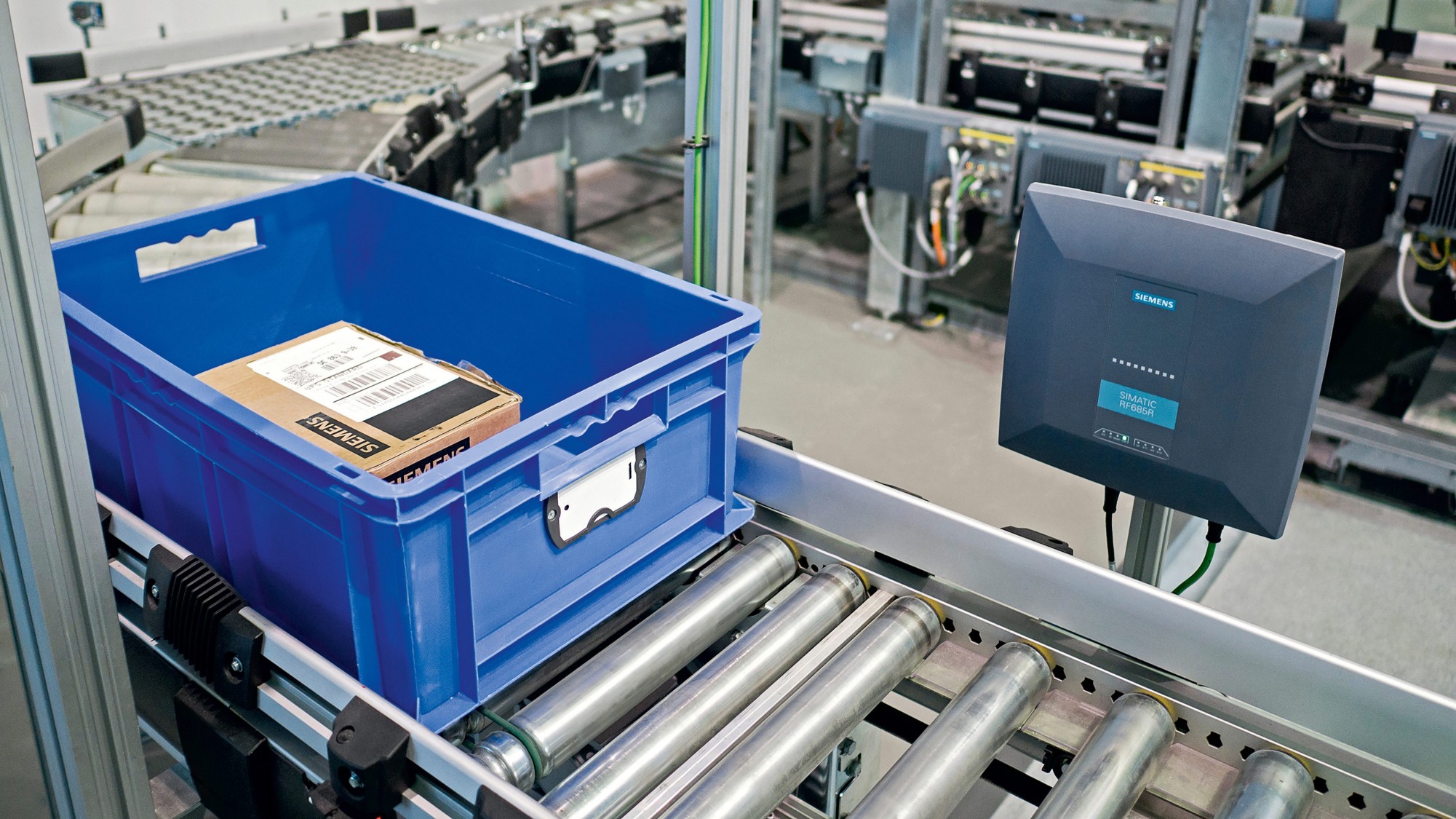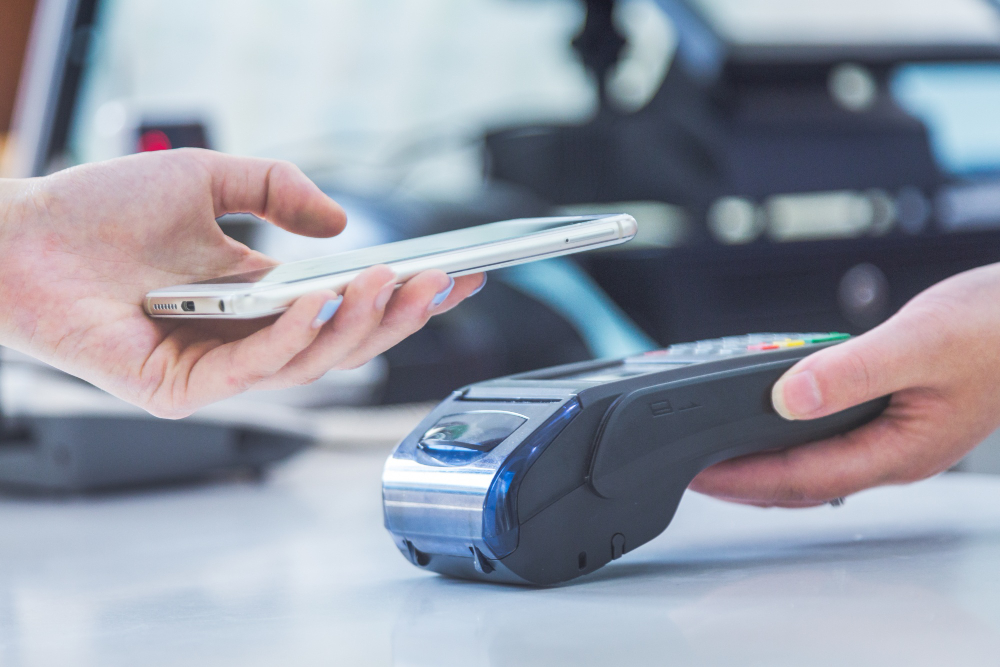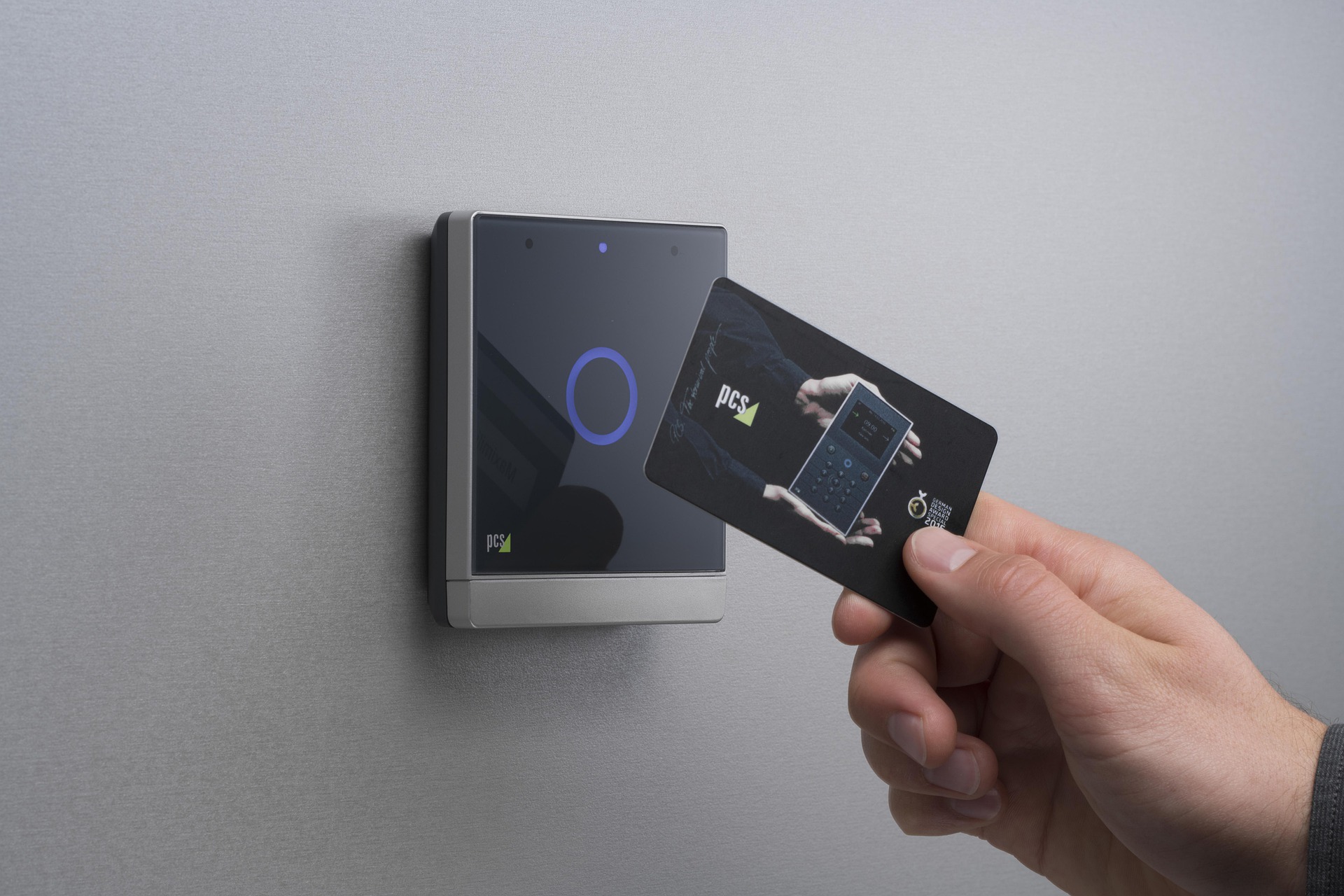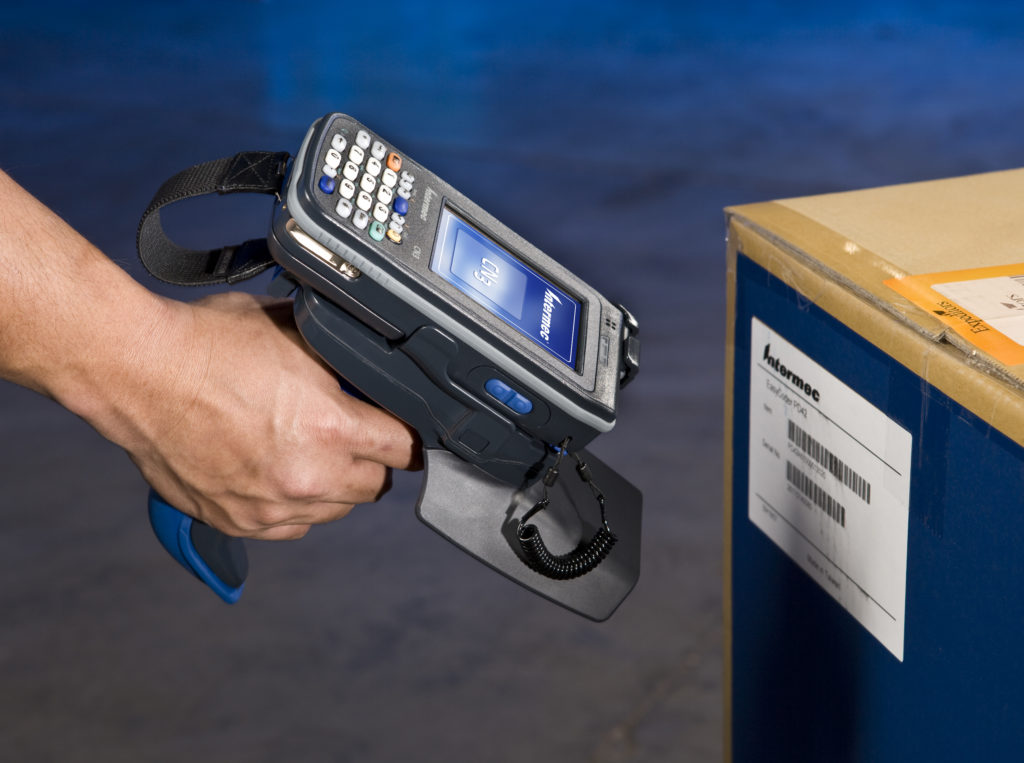Eight common forms and applications of UHF RFID tags
In recent years, due to the continuous deepening of people’s understanding of RFID technology and the continuous reduction of application costs, RFID has continued to accelerate its penetration in various industries.
In the clothing industry, Uniqlo, Decathlon, H&M, Heilan House and other big-name shoe and apparel manufacturers have applied RFID on a large scale to improve the efficiency of the supply chain; libraries all over the country choose to use RFID solutions to manage massive books, and Various forms of products such as librarian workstations, self-service book return boxes (machines), mobile inventory vehicles, sorting machines, etc.; airlines use RFID technology to track luggage in real time, which greatly reduces the luggage loss rate of passengers…
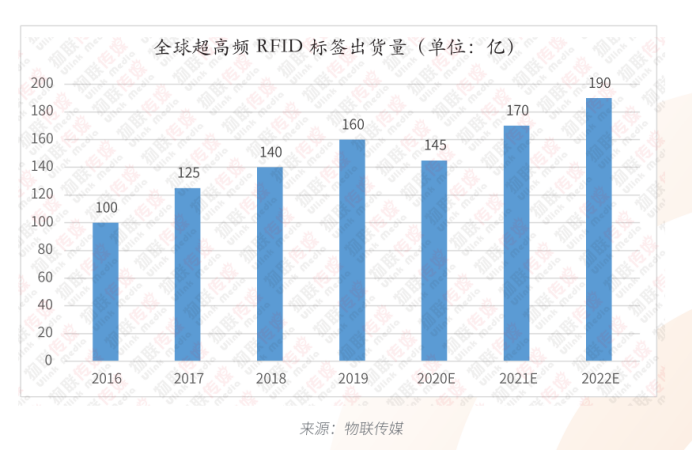
(Source: China RFID Industry Market Research Report – 2020 Edition)

(Source: China RFID Industry Market Research Report – 2020 Edition)
Although, generally speaking, RFID electronic tags can be divided into low-frequency RFID tags, high-frequency RFID tags and UHF RFID electronic tags, but the scenes where these tags consume a lot of money are almost all using UHF RFID tags. From the following advantages:
(1) The reading distance of UHF RFID electronic tags is longer;
(2) UHF RFID electronic tags have strong security and confidentiality;
(3) UHF RFID electronic tags can identify high-speed moving objects;
(4) UHF RFID electronic tags can realize simultaneous identification of multiple objects at the same time;
(5) The UHF RFID electronic tag can be used repeatedly and has a large amount of data memory.
Various forms of label products in diversified application scenarios
Due to the significant differences in requirements and usage conditions in different industries and application scenarios, different requirements are put forward for the performance and form of tags. This is mainly based on the balance of business requirements, process conditions, application costs, and application scene environment. For example, if the object to be recognized is a metal product, it is necessary to add a wave-absorbing material to achieve anti-metal properties.
Electronic label products can be roughly divided into three categories in terms of form, namely traditional self-adhesive self-adhesive labels, injection-molded labels and card labels. The traditional self-adhesive RFID electronic tag encapsulates the RFID into a self-adhesive form, which is suitable for applications such as automatic collection of product information on highways, parking lots, and industrial production lines. In campus, transportation, access control and other scenes, non-contact IC cards are mostly used, and it is easy to see special-shaped labels made by injection molding in access control.
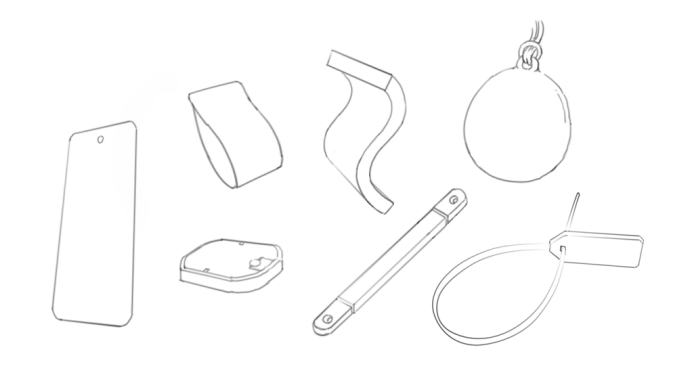
(Some common RFID tag forms)
In addition, because different countries and regions have different spectrum allocations, the coverage of UHF electronic tag frequency band definitions is also different, for example:
(1) The frequency bands in China are: 840~844MHz and 920~924MHz;
(2) EU frequency band: 865MHz~868MHz;
(3) The Japanese frequency band is between 952MHz and 954MHz;
(4) Hong Kong, Thailand and Singapore: 920MHz~925MHz;
(5) The frequency bands in the United States, Canada, Puerto Rico, Mexico, and South America are: 902MHz~928MHz.
UHF RFID Common Applications and Tag Forms
(1) Shoes and clothing retail industry-coated paper hangtag label/woven label
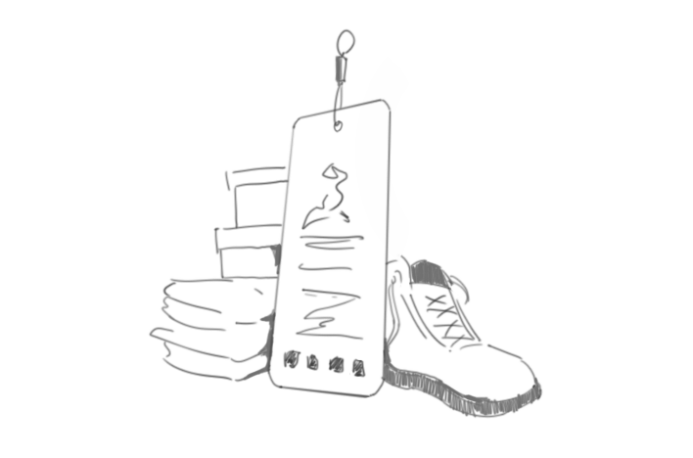
Among the many application scenarios of RFID, the most common is the shoe and apparel industry, which is also one of the areas with the largest consumption of UHF RFID tags.
The introduction of RFID technology in the footwear industry is a full process, from factories to warehouses to retail terminals. It can automatically collect data from various operation links such as arrival inspection, warehousing, warehousing, transfer, warehouse shift, inventory inventory, etc. in the clothing warehouse, to ensure the speed and accuracy of data input in each link of warehouse management, and to ensure that the enterprise Timely and accurate grasp of the real data of inventory, reasonable maintenance and control of enterprise inventory.
As far as the shoe and apparel retail market is concerned, the popularity of UHF RFID tags by foreign brands is much higher than that of domestic brands. This is mainly because foreign brand stores are all over the world, and fashion fast-moving consumer goods have high requirements on the mobility of goods. The use of RFID tags can greatly improve the efficiency of product circulation management.
(2) ceramic electronic label
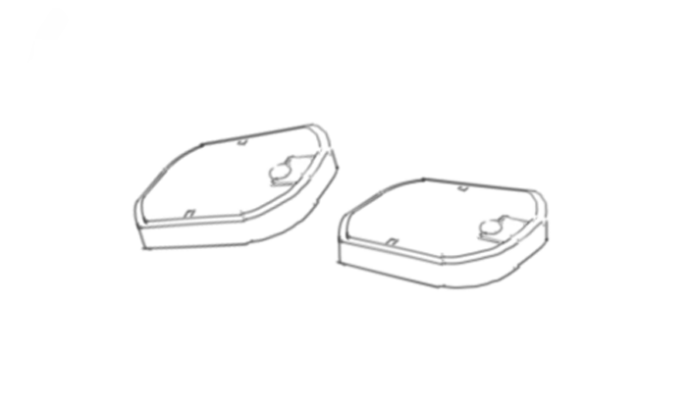
Ceramic electronic tags are electronic tags based on ceramic material packaging, which have high electrical characteristics and high performance resistance, and are fragile and anti-transfer. The electronic tag antenna mounted on the ceramic substrate has small dielectric loss, good high-level characteristics, stable antenna performance and high sensitivity. It is mostly used in logistics warehousing, intelligent parking, production line management, anti-counterfeiting detection and other fields.
(3) ABS label
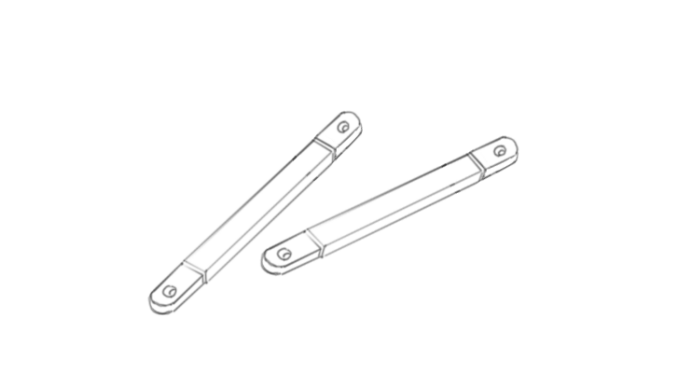
ABS labels are common injection-molded labels, often used in logistics management scenarios. It can be installed on the surface of metal, wall, wood products and plastic products. Due to the strong protective function of the surface layer, it is resistant to high temperature and moisture and is suitable for harsh working environments.
(4) Garment washing – silicone label
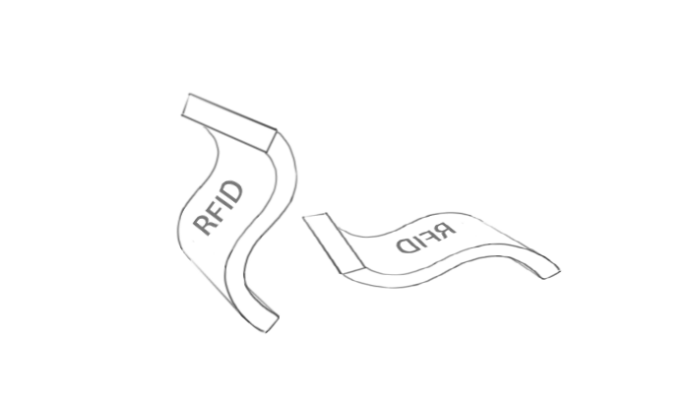
Silicone labels adopt silicone encapsulation technology and are mostly used in the washing industry. Because silicone is soft and deformable, it has the characteristics of high temperature resistance and rubbing resistance, and is often used for inventory management of towels and clothing products.
(5) cable tie label

Cable tie labels are generally packaged with PP+nylon materials, which have excellent characteristics such as easy installation and disassembly, waterproof, and high temperature resistance. They are often used in logistics tracking, food traceability, asset management and other fields.
(6) Epoxy PVC card label
The card made of PVC material can be customized according to the shape, so that the card has the appearance and texture of handicraft, and effectively protects the internal chip and antenna, and is easy to carry. It can be used in access control, item identification management, game chips and other scenarios.
(7) PET label
PET is the abbreviation of polyester film. Polyester film is a kind of polymer plastic film, which is more and more favored by consumers because of its excellent comprehensive performance. It can block ultraviolet rays, has good high and low temperature resistance, and has good creep resistance. Since my country’s production volume and technical level still cannot meet the needs of the market, some still need to rely on imports. PET labels are often used in jewelry management scenarios.
(8)PPS laundry label
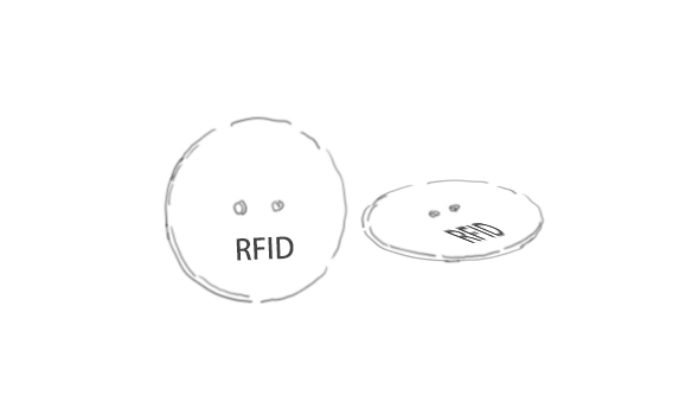
PPS laundry label is a common type of RFID label in the linen washing industry. It is similar in shape and size to buttons and has strong temperature resistance. By using PPS laundry labels, washing management becomes more efficient and transparent.



